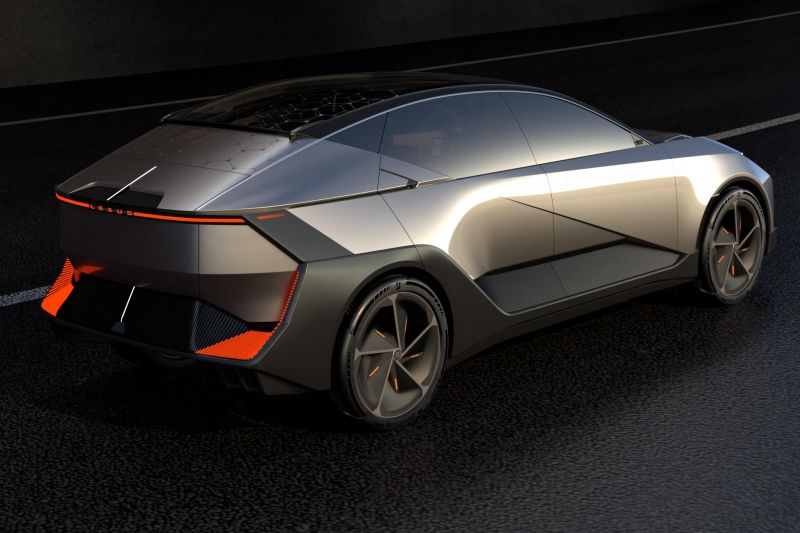Toyota’s electric car rollout has gotten off to a slow yet rocky start, but the automotive giant has big plans to turn this around.
Autocar reports the company’s upcoming modular electric car architecture will be used for everything from spiritual successors to the old MR2 and Celica, all the way up to large crossovers.
The as-yet unnamed architecture will debut in 2026 on a “low, sleek” Lexus sedan that has previously been confirmed for production, and which was previewed by the LF-ZC concept at this year’s Tokyo motor show.
It could be followed by production versions of three other Tokyo concepts: the 4.4m-long Toyota FT-Se concept, which offers electric power but mid-engine proportions; the 5.2m-long Lexus LF-ZL luxury crossover; and the large Toyota FT-3e crossover.
The new architecture is based on three modular sections – front, centre and rear – that are bolted together. The centre module houses the battery, integrated into the floor, while the other modules incorporate the suspension and electric motors.
The company says that by eschewing one fixed platform in favour of this modular approach, it can be more “extreme” with the vehicle types it creates. It’ll also reportedly support front-, rear- and all-wheel drive configurations.
The front and rear modules are reportedly mirrors of each other, and through the use of gigacasting construction Toyota has been able to replace 86 different steel components welded together with one die-cast aluminium piece.
Toyota will reportedly introduce a new Performance prismatic battery with double the range of the current bZ4X’s battery pack that costs 20 per cent less to build, and in its smallest size is as low as 100mm – ideal for a low-slung sports car.
“Battery height is key for a low Lexus saloon and a Toyota GR sports car,” said Toyota R&D boss Hiroki Nakajima.
“Then, how can we maximise the downsizing of each component? Battery development allows us to expand our output [of more types of cars], reduce their height and change the shape and size.
“Downsized technology can do shapes you have never seen. By minimising the e-axles and HVAC, you enhance the product.”
Vehicles on this platform will reportedly use Toyota’s Arene software platform, which will allow owners to download performance packs for their cars. Autocar cites the example of a customer being able to download the steering feel of the Toyota GR86 and performance of the Lexus LFA.
Toyota’s planned ‘manual’ EV transmission, which includes a clutch, could also feature in the MR2 revival and mooted Celica revival, as could steer-by-wire.
Toyota remains committed to its ‘multi-pathway’ approach to electrification, continuing to offer not only EVs but also hybrids, plug-in hybrids and hydrogen fuel-cell electric vehicles.
It still plans to produce 3.5 million EVs, however, by the year 2030.
MORE: Toyota says it’s just being ‘honest’ about unrealistic electric car future
MORE: Toyota thinks its electric car batteries are ‘a cut above’
MORE: Toyota’s sports car range could grow to include more icons



